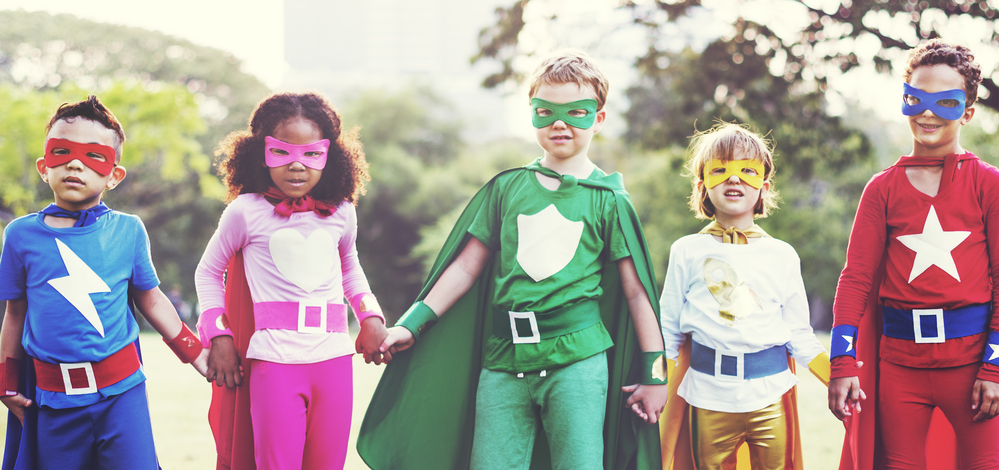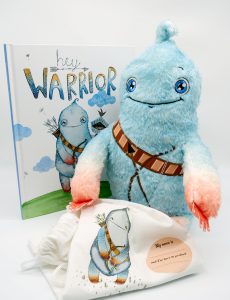How to Use Your Plushie Amygdala to Feel Braver, Stronger, and Less Anxious

Things don’t feel so bad when they’re shared, and plushie amygdalae are the BEST listeners, excellent protectors, experts in brave behaviour, and superb breathing buddies. Here are just a few of the things you can do with them:
They are the BEST listeners.

Plushie amygdalae love to listen. They’ll listen to your problems, what you did on the weekend, and why you think celery is a sly little beast that pushes its way into too many dinners. Your plushie will listen to anything. Talk to them about your worries, (they can handle anything), or when you’re sad, mad, jealous, when you’ve messed up, done something fabulous, and when you’re feeling like a rock star. Share your ideas, your fears, your wishes, your gripes and of course, if you make up a hilarious song while you’re in the shower, share that with them too. They’ll love it all. The best thing about plushies is that you can tell them anything – ANYTHING – and they’ll keep everything inside them where their secrets and precious things are kept.
Why DOES talking help?
We humans have been talking about our problems since the beginning of humans. We don’t necessarily talk to find solutions – though that can be a lovely side-effect. We talk because when we do, we feel better. There’s a very good reason for this, and it’s all backed by science. Everything we do depends on the right and left sides of the brain working well on their own, as well as together. Sometimes though, one side will become more dominant. When feelings or problems feel overwhelming, it’s likely that the right side has taken over. Here’s how it works. The left side of the brain loves words and logic. It is also more associated with optimism. The right side of the brain is more about emotion. It also is designed to pay more attention to negative information, so it can be more associated with pessimism. This is because it’s more important for our survival that we notice threats than that we notice happy things. Big feelings (sadness, anxiety, anger) and overwhelm are a sign that the right side of the brain has taken over a little from the left. This is very normal – it happens to all of us – but without enough involvement from the left side of the brain, feelings and problems can feel overwhelming. When we talk, it brings in the left side of the brain. Talking about problems and your feelings helps the right side and the left side of the brain work more as a team – which is the best way for them to be.
They can help you feel brave. (It’s their favourite thing to do actually.)
Your amygdala is like your own fierce warrior, there to protect you. Sometimes though, it can work a little too hard and it might try to protect you when there is no need. When your amygdala senses that there’s something it needs to protect you from, it switches on and surges you with a special body fuel to make you stronger, faster and more powerful so you can fight the threat or flee from it – and humiliation, embarrassment, being separated from someone you love, missing out on something important all count as threat to an amygdala that wants to keep you safe. The fight or flight response is great when there is a physical danger you need to fight or escape from, but if there’s no need to run and no need to fight, or if the threat is one that isn’t helped by fight or flight (such as humiliation etc) the special body fuel builds up and this is why anxiety feels the way it does. The great news is that this is very manageable – but it involves you being the boss of your brain and reminding your amygdala that you’re safe, and that you can do hard things. This is a really brave thing to do. Your amygdala is strong – but so are you. The absolute truth is – your amygdala wants you to be brave, and it knows you can be, but sometimes you’ll need to believe it enough for both of you. What are the words your amygdala needs to hear? Perhaps, ‘We can do this,’ or ‘Whatever happens, we’ll be okay,’ or ‘We can do hard things.’ Use those words for yourself when you need to feel brave. It’s exactly what your amygdala needs to hear. When you say them, your amygdala will hear, and it will help you be brave. You and your amydala are a seriously awesome team.
Big feelings. We all get them. But this can help.
When your amygdala thinks there is something is needs to protect you from, it will switch on and get you feeling your feels. Feelings are there for a really good reason, and anxiety has one of the best reasons of all – to keep us safe. Anxiety is a sign that your amygdala is getting you ready to fight a danger or run from it. When this happens, you might feel anxious, angry, or you might burst into tears for no reason. This is a sign that your brain is doing exactly what strong healthy brains do – warn you when something isn’t right to move you into action and keep you safe from harm. Here’s the thing – amygdalae are do-ers, not thinkers so you need to be the boss. Feeling your feels is a great thing to do, but it’s also important to make sure they don’t get too big for you. Imagine your plushie amygdala is feeling big feelings – maybe anxious, or sad, or angry. What would you say to calm it down? What would you say to help it relax and feel safe? Let those words be the words you say to yourself to find calm when your feelings feel big. Perhaps it’s just ‘shhh – relax. I’ve got this,’ or, ‘it’s okay – we’re safe – breathe.’ Whatever words feel good for you will be perfect words to calm your amygdala when your feels feel big.
As a breathing buddy. In. Out. Lovely.
Strong slow, steady breathing initiates the relaxation response, which is a powerful way to ease anxiety and to calm big feelings. Lay your amygdala on your belly. Breathe out, then in for 3, hold for one and out for 3. If your amygdala buddy moves up and down as you breathe, your breathing is perfect. The more you practice, the easier it will be to access strong, slow steady breathing when you need it.
Happy sleeps. Happy humans. Something to try.

As you fall asleep, snuggle the amygdala in close to you. Imagine that it’s falling asleep beside you. Let your movements be calm and gentle so as not to wake your sleeping buddy. Pay close attention to your breathing – feel the air move in and out of your body. Notice the feel of the amygdala beside you, and know that you are safe. This is a form of mindfulness which is a powerful way to strengthen the brain against anxiety and other big feelings.
Just to cuddle (And you’re NEVER too old or too cool for this!)
Because they’re soft and gorgeous and they’ll love it.


